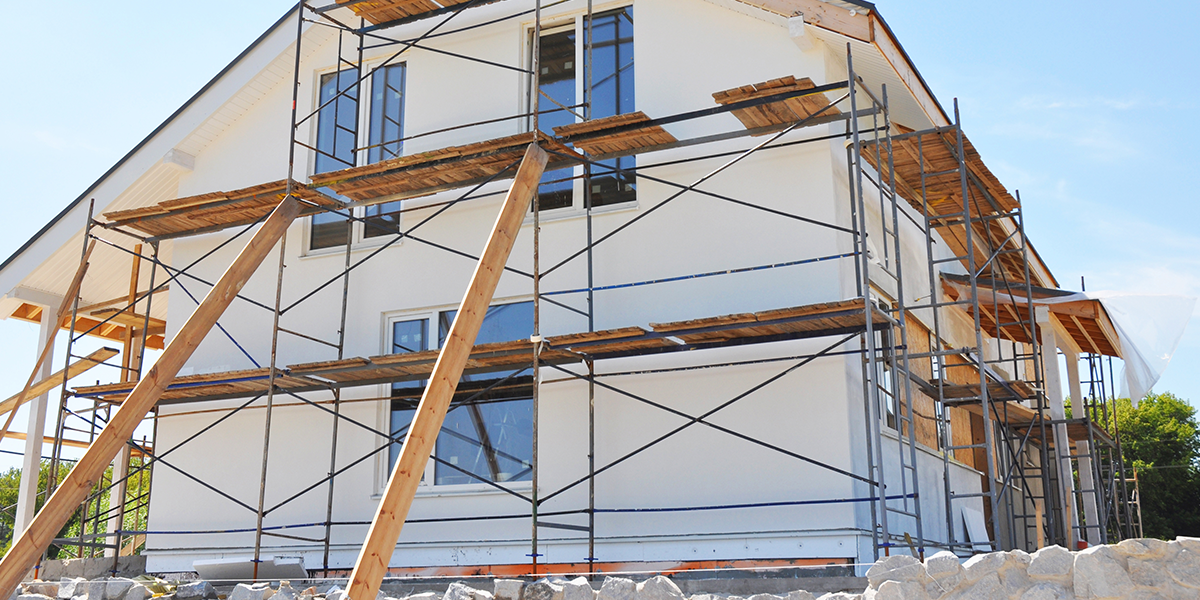UK is one of the few countries in Europe, leading the way into a carbon-neutral future. The country is committed to its goal of achieving a Net-Zero economy by cutting all GHG emissions by 2050.
PAS 2035 is a comprehensive document in the retrofit standards in the UK, which was introduced following the recommendations of the “Each Home Counts” review. The document essentially details the standards and specification for energy retrofitting of domestic buildings, as well as covers the best practices for successful domestic retrofit projects.
Why has PAS 2035 been created?
Domestic building retrofitting: especially for old buildings is a key challenge for energy retrofitting specialists around the world. Thereby, it is necessary for retrofit experts to have a complete picture of the state of the building and what energy efficiency measures may be right to achieve the best possible outcome of the retrofit project. The PAS 2035 retrofit standards detail the processes and procedures to carry out retrofit work on domestic buildings, including;
- Methods to assess the condition of the building
- Selection and prioritization of energy efficiency measures
- Monitoring and evaluation of retrofit work
How does PAS 2035 work?
In PAS 2035, the most important role is of retrofit coordinator, who is responsible for coordination with building owners, and other parties involved in the retrofit project. Here’s the stepwise breakdown of PAS 2035 standards for a domestic building retrofit project;
- The Retrofit Coordinator carries our comprehensive assessment of the building for various aspects as mentioned above. The Retrofit Coordinator may also ask owners for any potential performance problems they are aware of, revising the Energy Performance Certificate (EPC), as well as, perform the survey of the building. A retrofit coordinator will subsequently rate the building from A (low risk) to C (high risk)
- Next, the Retrofit Assessor will perform Whole House Dwelling Assessment, which is more extensive for homes ranked for higher risks
- The Retrofit Designer will subsequently take up the report to choose the best package of EEMs. Usually, there will be multiple improvement plans offered by the Retrofit Designer. The Retrofit Coordinator will get the improvement plans approved by the client
- The Retrofit Coordinator will collaborate with the retrofit installers to brief them about each EEM. The Retrofit Installers are responsible to ensure that the EEMs are installed and commissioned in compliance with the PAS 2030
- Once the EEMs are installed, the Retrofit Coordinator will collect all the required documentation and briefs the building owners about how to operate the EEMs
- A Basic Evaluation of the EEMs being installed in the building will be performed by Retrofit Evaluator. In case any issues are found, a detailed evaluation may follow, including recommendations for remedial work
Infinity Energy is providing Retrofit Coordinator services to our network of installers alongside City and Guilds NVQ Level 2 training to comply to PAS 2035 requirements. Our sister company Infinity Property Management is already accredited to PAS 2035 and PAS2030:2019 requirements.



